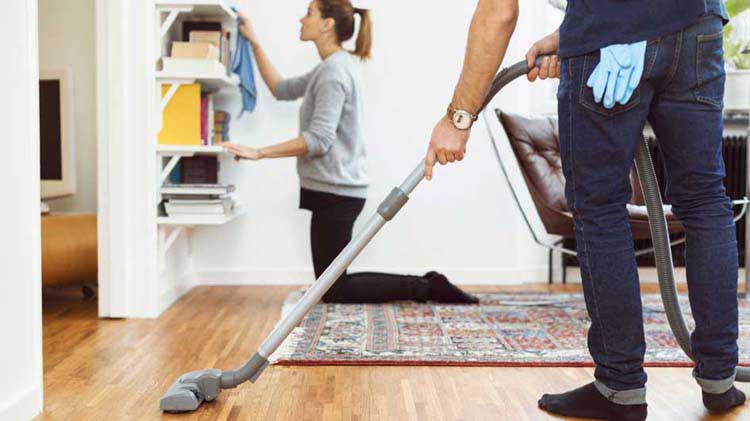Does your home feel slightly musty despite regular cleaning efforts? Are surfaces collected with a fine layer of grayish grit despite wiping weekly? These subtle signs could indicate it’s time for a deep good dusting to remove particulates that regularly accumulate in houses. Being able to spot telltale indicators of dust buildup allows for timely whole-home dust cleanings before allergens worsen. Here are some often overlooked symptomatic clues to pay attention to.
One obvious sign is visible dust balls
collected in corners, on top of shelves, or under furniture. However, microscopic dust mites and their waste particles are too small to see with the naked eye. Instead, their presence can sometimes be reveal through a thin film developing slowly across desktops, entertainment stands, or windowsills between thorough cleanings. Regularly spot-cleaning these high-traffic areas helps catch this gradual buildup early.
Nasal congestion
frequent sneezing, or itchy/watery eyes impacting household members also suggests a need to reduce allergens through extensive dusting. Airborne dust particles can trigger respiratory irritation, especially in conjunction with other indoor allergens like pet dander or pollen entering through windows and vents. Excessive dust circulating in indoor air is also noticeable upon waking with dry or scratchy throats.
Another less noticeable indicator is dirty heating
and cooling system filters that require changing more often than recommended schedules. Clogged filters indicate dust is entering the home at a high rate and passing through the entire HVAC system into occupied spaces. In turn, this dust settlement negatively impacts indoor air quality, often without obvious visual cues.
Not to be overlooked, areas like ceiling fans and lamp shades regularly collecting crumbs and lint also point to persistent dust suspended in indoor air. Thoroughly dusting these vertical surfaces, in addition to walls, baseboards, and wooden furniture can make a difference. Optimal indoor air hygiene demands assessing all areas susceptible to invisible dust deposits accumulating over time.
Taking the time to spot the subtle signs of invisible pollutants like an increase in sneezes or grime across normally cleanable surfaces, prompts the need for intensive dust cleansing before minor issues worsen. An annual spring home deep dusting helps remove accumulated allergens for fresher indoor living and easier regular maintenance between professional services.




No comment